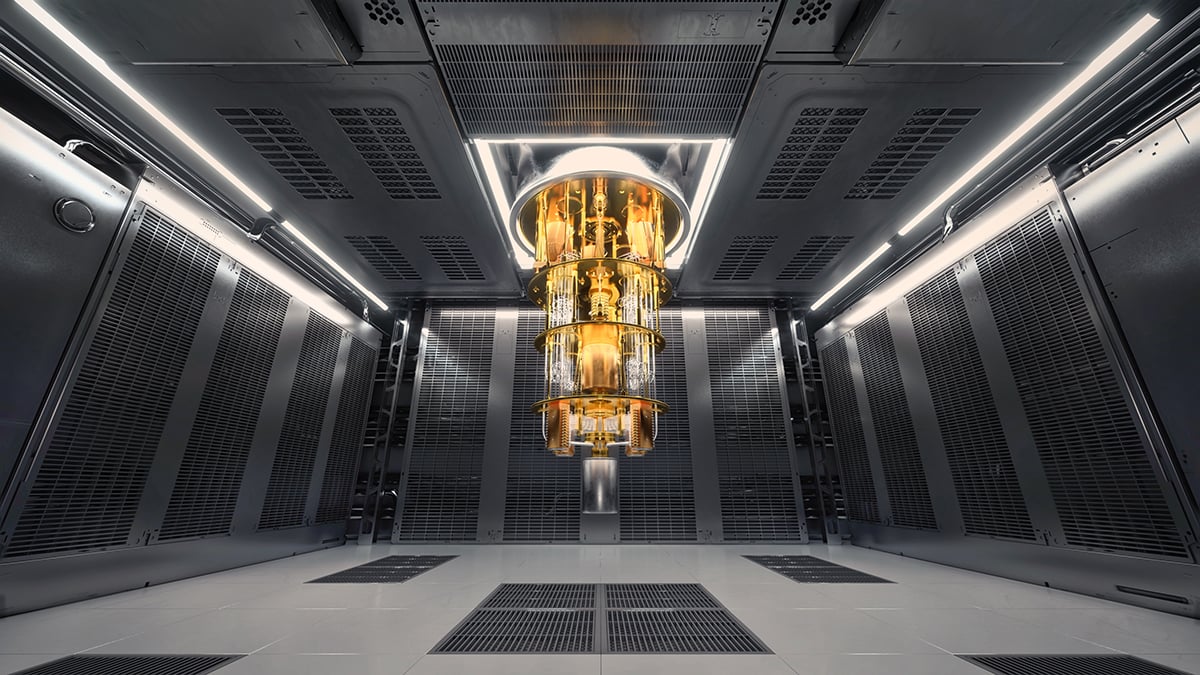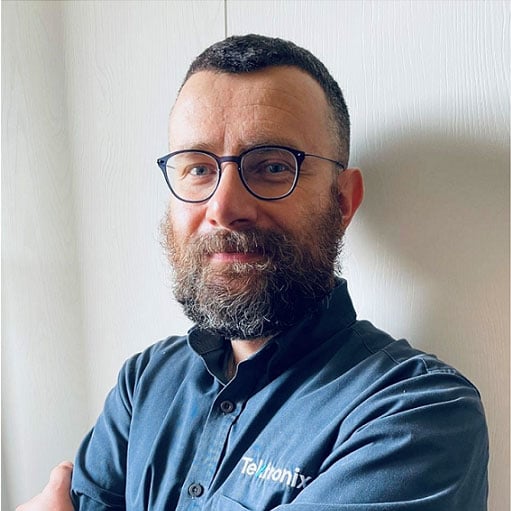Test and Measurement in the Quantum Era

From an engineer’s perspective the continuous advancement of quantum hardware and technologies is amazing.
My interest began with curiosity about quantum physics. Now that curiosity is expanding as I gain a deeper understanding of the test processes, principles and criteria being used by these emerging technologies and how Tektronix can serve them. But let’s start at the beginning.
A Growing Number of Quantum Applications
Quantum technologies promise to be game-changing. In fact, we are living in the transition from pure research to a broad initiative feeding a quantum ecosystem across many industries. Several government-funded initiatives have nurtured and supported the study of matter and energy both at their most fundamental level and also the way their behavior can be deployed into practical technologies applicable in quantum computing, quantum communications and quantum sensing.

Measurement Plays a Key Role
As with any technology, measurement is necessary to confirm both progress and effectiveness. Tektronix has always been involved with validating measurements and enabling applications at the early stages of revolutionary waves. When the so-called “AC Josephson Effect” and “Quantum Hall Effect" revolutionized electrical metrology by providing stable reference standards linked to fundamental physics, instruments like Keithley electrometers and sensitive source measure unit instruments (SMUs) were part of the calibration test system used. But improving the reference of Volt or Ampere standard is just the beginning.
Quantum Sensors
Measurement of physical quantities in quantum phenomena is essential for describing quantum properties of quantum sensing systems. Research has made a large step forward with the realization and practical application of quantum sensors like magnetometers based on superconducting quantum interference devices; instrumentation has provided sensitivity and precision in proving the behavior of spin qubits, flux qubits and trapped ions.
Quantum sensors base their operating principle on the fact that physics particles can be used as “probes” to measure physical quantities such as magnetic fields, gravity, rotation, and acceleration more precisely than classical devices based on other electrochemical phenomena.
Very often we come across laboratories that are trying to establish quantum phenomena in quantum materials. Their diagnostic (measurement) need is to precisely acquire a photocurrent that originates with the transduction of light into electrical signals when interacting with quantum materials.
The interaction and connection of light with matter is being explored using ever more innovative techniques. Test and measurement equipment is being used to acquire ultrafast photocurrents in order to be a “diagnostic tool” for understanding what happens in the quantum material.
Modern oscilloscopes such as the Tektronix 6 Series B MSO with their front-end linearity and wide dynamic range enable microwave readout from resonators excited by optical signals. Oscilloscopes excel in microwave photon resonator testing where precise triggering of multiple pulse signals for acquisition in the nanoseconds range is needed.

Quantum Communications and Quantum Security Applications
Another key application within the quantum ecosystem is quantum communications. Here light travels through fiber networks. The advantage of applying quantum technology to communication lies in the attempt to make information transfer secure. QKD (Quantum Key Distribution) technology enhances conventional encryption technology and makes data transfer intrinsically “unhackable”.
Quantum-based cryptography provides a means for the detection of eavesdropping by observing a disturbance of intercepted quantum states. Further research is still needed before it can be practically implemented, however. Approaches and protocols to implement QKD are the focus of multiple government-funded projects and test and measurement equipment may be applied in observing and accurately measuring these disturbances. They also play a role during the polarization state of qubits traveling via fiber optic cables in the form of pulses of polarized photons attenuated to the quasi single-photon level, and specifically with the phenomenon of decoherence.

Laboratories working on demonstrating CV-QKD (Continuous-Variable Quantum Key Distribution) across a several kilometers long multi-core fiber (MCF) have applied the Tektronix AWG 5204 with its four 16-bit, 5 GS/s DAC channels AC coupled with wideband RF amplifiers. This arbitrary waveform generator is capable of generating highly synchronized and precisely modulated pulse signals that, coupled with a continuous light wave in electro-optic phase modulators, generate quantum signals and reference pulses in the sub-nanoseconds time base scale (“Alice” emitter side). At the “Bob” receiver side, a Tektronix 6 Series B MSO 12-bit oscilloscope can collect the phase information and rapidly store/transfer data for statistical processing of noise. The acceleration of QKD and its integration into secure network communication at increasingly high baud rates is extremely interesting and rewarding.
Quantum Computing
The last and most intriguing quantum application we are honored to support is quantum computing.
Despite the difficulty in sharing any details about how superconducting qubit chipsets are manufactured, AWGs and oscilloscopes are definitely involved wherever a Transmon (Transmission Line Shunted Plasmon Oscillation Circuit) is present and whenever complex signal schemes need to be routed to resonators for setting the states and amplitude coherence (or energy relaxation) time has to be measured.
In fact, before integrating multiple channels in a specifically designed FPGA architecture, flexible instruments like AWGs are used and appreciated for their high configurability and analog bandwidth, and also their low latency and intrinsic jitter. The tasks of qubit excitation and that of readout pulse are implemented using, respectively, remotely controlled AWGs and mixed signal oscilloscopes. This allows verification of design within a highly reproducible setup. Tektronix AWGs can easily target qubit generation frequencies in the few GHz range and Tektronix 6 Series B MSO oscilloscopes with their 10GHz max bandwidth are used for reading out resonator frequencies in the range of 5–6 GHz.
The challenge of scalability of quantum integrated circuit architecture into several 10’s of qubits goes beyond the capabilities of instruments specifically designed for an R&D context, but crucial to the future of testing is the need to reduce cost per channel, improve closed loop feedback control, and integrate test equipment into complex quantum test libraries. The systematic approach to test automation that Tektronix initiated by releasing Python specific libraries and programming environment integration demonstrates our leadership in this domain as well.


